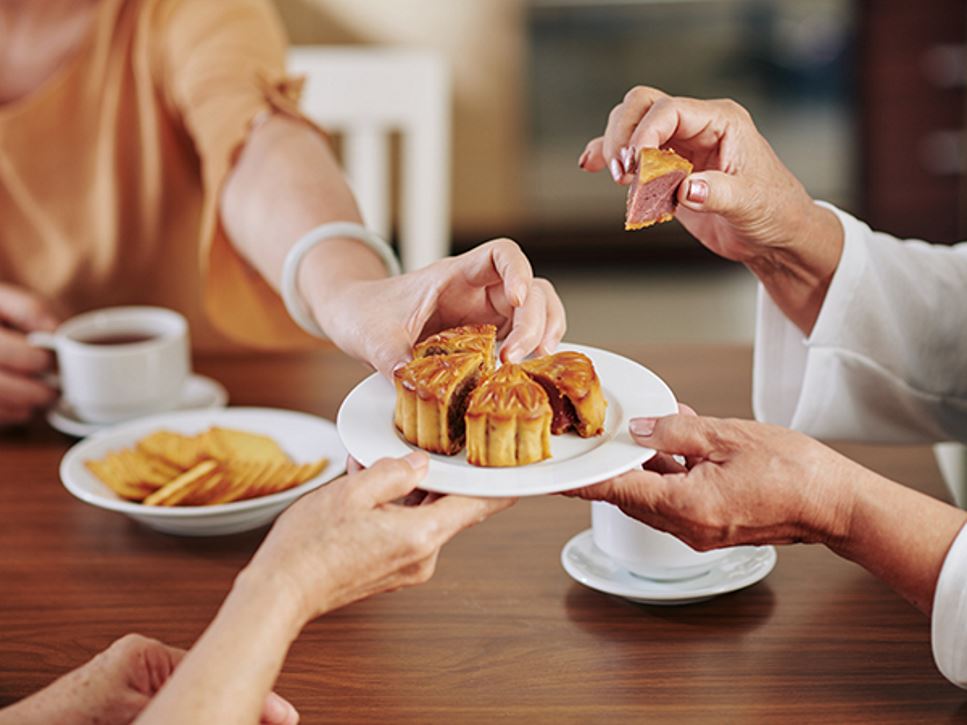Mid-Autumn Festival is a holiday observed during the full moon on the 15th day of the eighth month of the Chinese calendar (a lunar calendar observed over 12 to 13 months every year). Traditionally, Mid-Autumn Festival is celebrated as a harvest festival; it’s an opportunity to give thanks to crops harvested throughout the year and celebrate the moon goddess Chang’e.
There are many versions of the legend of Chang’e, some portraying her as a hero and others as disobedient. However, most legends pair her with her husband, Hou Yi, who gains fame and respect for his archery skills. Thanks to his special skills, one day, Hou Yi obtains a special elixir of immortality. However, Chang’e takes it instead and is left to spend her immortal days on the moon.
During the Mid-Autumn Festival, the moon symbolizes happiness and wholeness. It is regarded as the perfect time for relatives near and far to come together for a family reunion and hearty meal. The laughter of children fills the air as families admire the beauty of the full moon, surrounded by glowing lanterns of all shapes and sizes. Historically, lanterns were spherical in shape, made of paper and lit with a candle. Today, lanterns typically are made of plastic and come in shapes such as a lobster (symbolizing mirth), butterfly (longevity) and star fruit (spirituality).
Foods of Mid-Autumn Festival
Celebrations often revolve around food, and Mid-Autumn Festival — also known as the Mooncake Festival — is no exception. Mooncakes are round, sweet pastries that symbolize union and are traditionally given as gifts to family and friends. The cakes typically contain a filling, such as lotus seed paste and duck egg yolk or sweet red bean paste. Mooncakes are a high-calorie dessert that are best served sliced into pieces and shared. Variations, such as ice cream- or chocolate-filled mochi-skinned mooncakes, have gained popularity in recent years.
Other popular Mid-Autumn Festival foods include lotus root, pomelo, melons and snails. Cooked pumpkin is considered an essential dish during the festival. Taro, a starchy tuber, is believed to dispel bad luck and bring good luck and wealth.
Find a Nutrition Expert
Looking for credible nutrition information and recommendations? The Academy of Nutrition and Dietetics' network of credentialed food and nutrition practitioners are ready to help!

